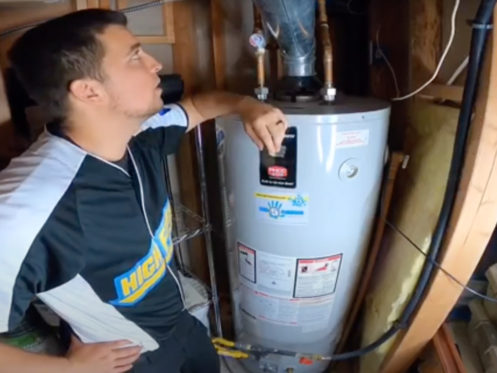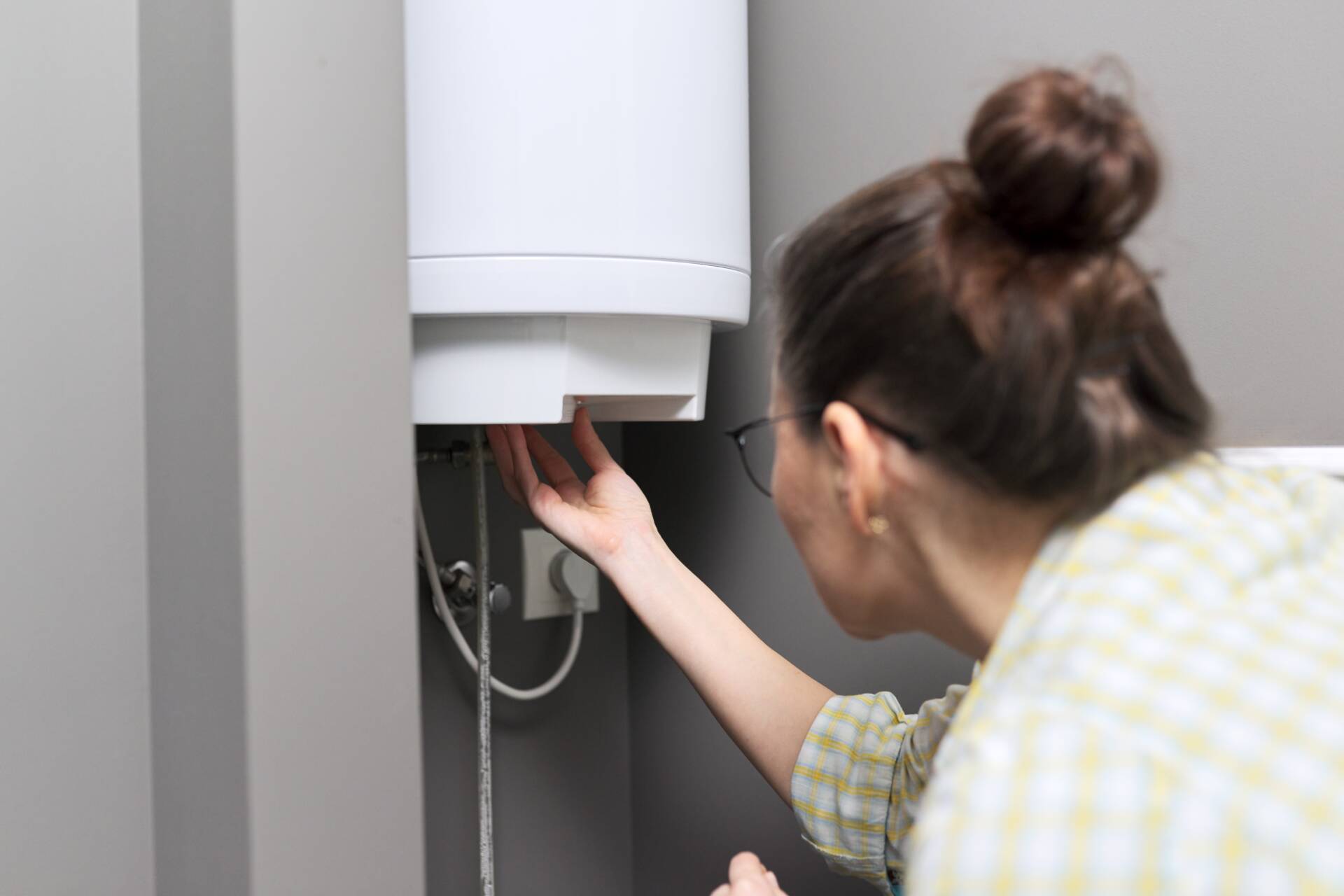Essential Care Techniques for Your Home's Hot Water SystemExpert Guidance for Caring for Your Home's Hot Water System
Essential Care Techniques for Your Home's Hot Water SystemExpert Guidance for Caring for Your Home's Hot Water System
Blog Article
What're your beliefs on How to Maintain a Hot Water Heater in a Few Simple Steps?

Warm water is crucial for day-to-day convenience, whether it's for a revitalizing shower or washing recipes. To guarantee your hot water system runs effectively and lasts longer, regular upkeep is essential. This article gives sensible pointers and understandings on just how to preserve your home's warm water system to prevent interruptions and expensive repair work.
Intro
Keeping your home's warm water system might seem daunting, but with a couple of straightforward steps, you can ensure it operates efficiently for several years ahead. This overview covers whatever from recognizing your hot water system to DIY maintenance pointers and recognizing when to employ professional help.
Relevance of Preserving Your Hot Water System
Regular maintenance not just expands the life-span of your warm water system but also ensures it operates successfully. Ignoring maintenance can lead to lowered effectiveness, higher energy bills, and also early failure of the system.
Indicators Your Warm Water System Needs Upkeep
Knowing when your warm water system requires attention can protect against significant issues. Keep an eye out for signs such as irregular water temperature, weird noises from the heater, or corroded water.
Comprehending Your Hot Water System
Prior to diving right into upkeep tasks, it's handy to understand the standard elements of your warm water system. Normally, this consists of the water heater itself, pipes, anode poles, and temperature controls.
Regular Monthly Maintenance Tasks
Normal monthly checks can aid catch small concerns prior to they rise.
Purging the Water Heater
Flushing your water heater removes debris build-up, enhancing performance and prolonging its life.
Monitoring and Replacing Anode Rods
Anode poles prevent rust inside the tank. Checking and changing them when broken is crucial.
Checking and Adjusting Temperature Level Setups
Adjusting the temperature level settings guarantees optimum performance and security.
Do It Yourself Tips for Maintenance
You can do several maintenance jobs yourself to keep your warm water system in top condition.
Looking for Leakages
Frequently evaluate pipes and connections for leakages, as these can bring about water damage and greater costs.
Testing Pressure Alleviation Valves
Testing the pressure safety valve guarantees it functions properly and stops too much pressure accumulation.
Protecting Pipelines
Shielding hot water pipes decreases warmth loss and can conserve energy.
When to Call an Expert
While do it yourself upkeep is beneficial, some problems need specialist expertise.
Complex Problems Needing Specialist Aid
Examples include major leaks, electrical issues, or if your hot water heater is continually underperforming.
Regular Specialist Upkeep Benefits
Professional maintenance can include extensive assessments, tune-ups, and making sure conformity with safety and security criteria.
Final thought
Routine upkeep of your home's hot water system is essential for performance, long life, and price financial savings. By following these ideas and understanding when to seek professional aid, you can make certain a reliable supply of warm water without unanticipated interruptions.
How to Maintain an Instant Hot Water Heater
Before tinkering with your hot water heater, make sure that it’s not powered on. You also have to turn off the main circuit breaker and shut off the main gas line to prevent accidents. Also turn off the water valves connected to your unit to prevent water from flowing into and out of the appliance. 2. When you’re done, you have to detach the purge valves’ caps. These look like the letter “T” and are situated on either side of the water valves. Doing so will release any pressure that has accumulated inside the valves while at the same time avoid hot water from shooting out and burning your skin. 3. When the purge valves’ caps are removed, you have to connect your hosing lines to the valves. Your unit should have come with three hoses but if it didn’t, you can purchase these things from any hardware or home repair shops. You can also get them from retail stores that sell water heating systems. Read the user’s manual and follow it to complete this task properly. When the hosing lines are connected, open the purge port’s valves. 4. You should never use harsh chemical cleaners or solutions when cleaning your unit. Make use of white vinegar instead. It should be undiluted and you’ll probably use about 2 gallons. 5. Now flush your water heater. This task should probably take about 40 minutes. We can’t give you specific directions for this because the procedure is carried out depending on the type, model and brand of your heater. With that being said, refer to the user’s manual. 6. When you’re done draining the unit, you have to turn off the purge port valves again. Remove the hosing lines that you earlier installed on each of the water valves. Put the valve caps (purge port) back in their respective places and be very careful so as not to damage the rubber discs that are found inside these caps. 7. Now that everything’s back in place, check your user’s manual again to find out how to reactivate your water heating system. 8. Once it is working, turn one of your hot water faucets on just to let air pass through the heater’s water supply pipes. Leave the tap on until water flows smoothly out of it. https://www.orrplumbing.com/blog/2014/september/how-to-maintain-an-instant-hot-water-heater/

We were introduced to that article about Tips For Maintaining Your Hot Water Heater through an associate on another blog. Enjoyed our post? Please quickly share it. Help someone else check it out. I appreciate reading our article about Water Heater Maintenance Tips You Can't Afford to Forget.
Call Report this page